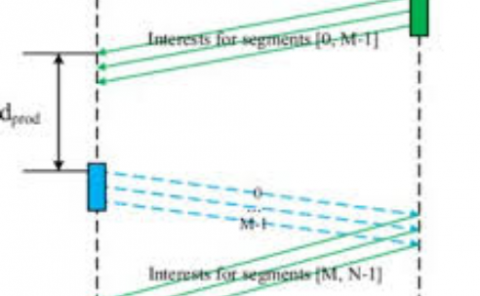WebAssembly enables low latency interoperable augmented and virtual reality software
PubDate: Oct 2021
Teams: University of Chicago
Writers: Bohdan B. Khomtchouk
PDF: WebAssembly enables low latency interoperable augmented and virtual reality software

Abstract
There is a clear difference in runtime performance between native applications that use augmented/virtual reality (AR/VR) device-specific hardware and comparable web-based implementations. Here we show that WebAssembly (Wasm) offers a promising developer solution that can bring near-native low latency performance to web-based applications, enabling hardware-agnostic interoperability at scale through portable bytecode that runs on any WiFi or cellular data network-enabled AR/VR device. Many software application areas have begun to realize Wasm’s potential as a key enabling technology, but it has yet to establish a robust presence in the AR/VR domain. When considering the limitations of current web-based AR/VR development technologies such as WebXR, which provides an existing application programming interface (API) that enables AR/VR capabilities for web-based programs, Wasm can resolve critical issues faced with just-in-time (JIT) compilation, slow run-times, large file sizes and big data, among other challenges. Existing applications using Wasm-based WebXR are sparse but growing, and the potential for porting native applications to use this emerging framework will benefit the web-based AR/VR application space and bring it closer to its native counterparts in terms of performance. Taken together, this kind of standardized “write-once-deploy-everywhere” software framework for AR/VR applications has the potential to consolidate user experiences across different head-mounted displays and other compatible hardware devices to ultimately create an interoperable AR/VR ecosystem.


